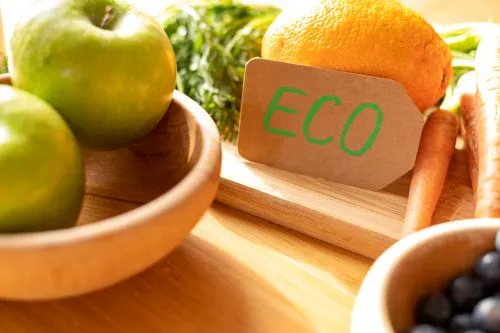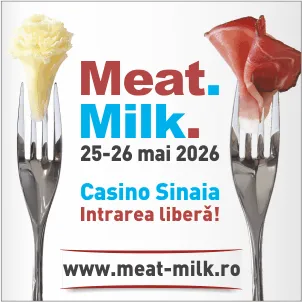404

In a Europe moving toward climate neutrality, the food industry is rapidly adopting the circular economy model. The modern factory no longer merely produces goods — it recovers, transforms, and reuses resources. From the water used in production to residual steam and organic waste, every element becomes part of a controlled cycle that reduces both costs and the ecological footprint.
According to the European Commission (DG ENV, 2024), over 60% of companies in the European food industry already implement by-product recovery processes. The Waste Framework Directive (2008/98/EC) and the Circular Economy Action Plan require that by 2030, at least 70% of industrial waste be reused or recycled.
The FAO (2024) estimates that through bioconversion technologies — such as controlled fermentation, anaerobic digestion, and protein extraction from residues — companies can reduce food losses by up to 45%. These solutions also generate secondary products with economic value, including biofertilizers, biomaterials, and renewable energy.
OECD data (2025) confirms that factories adopting integrated models of resource reuse and energy recovery have achieved an average 8% increase in net profitability over five years. Such investments are supported by EU instruments such as Horizon Europe and the InvestEU Green Industry Facility, which provide grants and preferential loans for sustainable modernization.
In Romania, the Ministry of Agriculture and Rural Development (MADR) supports these initiatives through the National Strategic Plan 2023–2027, specifically Measure DR-30, which targets food waste reduction and the valorization of agricultural and food residues. At the same time, Eurostat (2025) reports a 17% increase in the number of processing units using biogas from organic by-products to power their production lines.
The new food economy no longer views waste as an inevitable cost, but as a strategic resource. Efficient factories are becoming centers of material and energy conversion, capable of producing food, energy, and circular solutions within a single process flow.
In a world where resources are becoming increasingly expensive, competitiveness will belong to those who can turn everything — even waste — into value.
(Photo: Freepik)





